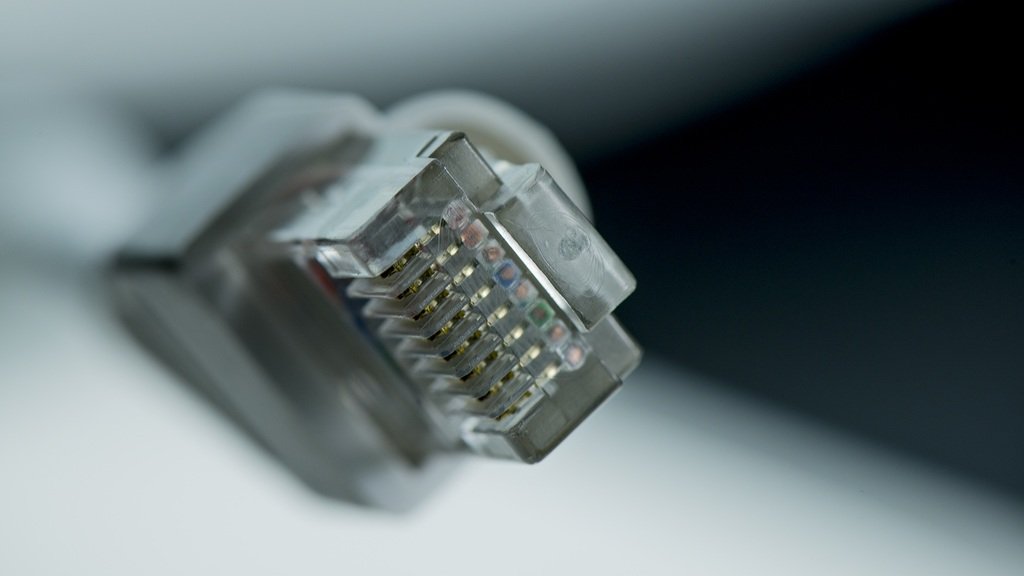Despite the benefits that people can get from torrenting, however, it is considered illegal downloading in many countries now.
As a result, the number of people that use torrents decreases since they are worried about infringement of copyright. But if you think it is worth taking the risk, here are all you need to know about how to download torrents safely with VPN.
Why Torrenting Is Illegal?
Torrents are actually special methods for peer-to-peer download that will allow you to download files from a large number of other users.
In other words, the users of torrents have to share the burden of uploading files to allow them to avoid the expensive cost of file hosting required by the uploader. The method gains extreme popularity along with the rise of broadband internet that makes it possible for internet users to download and upload large files and share them across the world at a higher speed. However, torrents are no longer legal for downloading.
This is because most of the content shared by using the methods is in the form of copyrighted content such as TV shows, movies, music, comics, anime, and books. Sharing the contents are considered illegal since they are against the law of copyright.
It means this is only the contents shared by using torrents that can be said illegal, but not the torrenting method itself.
How Can You Get Caught When Using Torrents?
You need to know that torrents apply a specific method based on the BitTorrent technology to transfer files.
The technology also uses a specific port for traffic. In other words, the traffic of the torrent is distinctive and makes it easier for the ISP to find it. Your ISP will soon find and investigate the types of files you are currently downloading if you use the method over your regular internet connection. If the ISP finds that you are torrenting illegal files, it will take legal action against you.
Tips for Safe Torrenting
Despite the illegal action often associated with torrents, there are many benefits that you can get from them. Here are some simple tricks to help you download torrents safely without your isp tracking you.
1. Use Legal Torrents:
The best way to help you avoid illegal actions related to torrenting is by using legal torrents only. You need to keep in mind that it can be very risky to use torrents to download illegal content especially if you are attempting to download Hollywood movies that are currently in theater.
The copyright holders will their eyes closed to find out any illegal attempts to share their content. But, the problem can be easily eliminated by using legal torrents. If you search well, there are many interesting legal contents that you can safely download such as older content which is now available in the public domain, independent movies that have been launched for free, and open-source software that is shared for free. Here are some sites where you can use legal torrents:
- legittorrents.info
- bitlove.org
- vodo.net
- vuze.com
- archive.org
- publicdomaintorrents.info
2. Configure the Torrent of Your Client:
Another thing you can do to download torrents anonymously is by configuring your torrent client. This is because some clients use security features such as the option available to encrypt your torrents to enable them to cover the traffic type you use.
This method is proven to be able to keep your you safe. You can also set up a proxy server to allow you to route the traffic of your torrent to improve your anonymity by using a proxy tunnel.
3. Use Respected Sites to Find the Torrents:
To make sure that you can find legal torrents is by using respected sites. Be sure that you avoid downloading a torrent for a site you have never heard before since it comes with bigger risks. A well-known and trusted torrent site should be your choice to eliminate the risks.
4. Stay Safe by Using VPN:
Using a VPN is considered to be the safest way that people can take to download torrents safely. It will help you to hide and disguise your IP address. It works to encrypt all the data you will send via the internet. In this way, you can avoid legal consequences caused by your downloading activity.
Read Also:





















